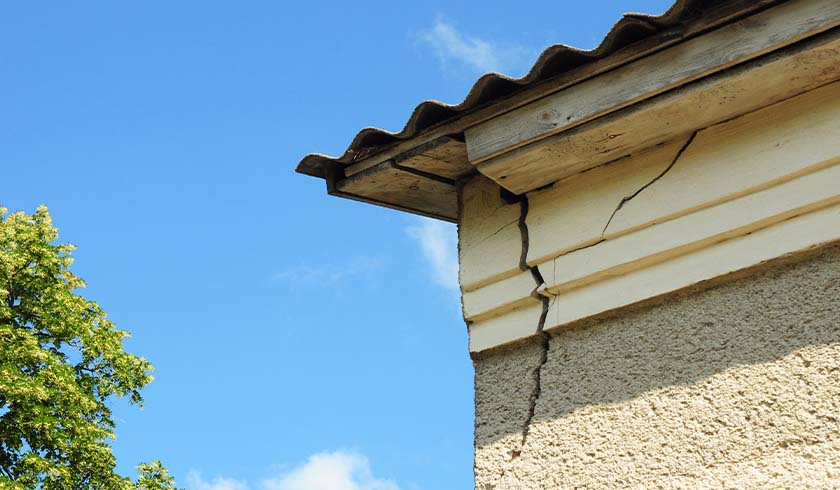What are my rights if my investment property has defects?
With the high-profile cases of Mascot and Opal Towers revealing how serious defects can be, it’s little wonder investors in new properties may be worried about defects, writes Rolf Howard.

A recent study has revealed that 85 per cent of new Australian buildings in the multi-residential sector have at least one defect. The commercial sector faces similar issues.
So, what are your rights as an investor when it comes to defects?
The laws are different in every state or territory. Here’s what you need to know if you are investing in a property located in NSW.
Defects in a residential property
In NSW, unfortunately there are few protections for the buyer when it comes to residential property.
There isn’t even an obligation for the seller to disclose known defects. It is up to the buyer to take the initiative to identify any issues by asking questions and undertaking inspections.
Ultimately, it is the buyer who bears the risk and responsibility. Therefore, performing the most extensive investigation possible of the property before buying is extremely important. It’s a red flag if the seller refuses to allow for inspections or tries to choose the inspector.
Defects in commercial property
Commercial property purchases offer more protection to the buyer. The contracts for the sale of large commercial buildings may include options for remedying defects, including repairing substandard workmanship, replacing low-quality materials, re-installation of pertinent items and any action that ensures the property complies with building specifications. Not all contracts will include this, however, so buyers must get legal advice to make sure the contract adequately protects them.
It is important to understand how a builder can be held responsible for remedying defects. Most contracts will include a period of time where the builder will be legally required to address a defect. This period is called the “defects liability period” and includes:
1. The time frame for fixing any defects
2. The start date for commencement of the repair
3. The completion date for the repair
4. Any penalties or fines that will be enforceable if the timelines are not met
5. The point at which the repairs will be considered legally cured and ownership will change hands
6. The party who will be responsible for making the repairs, i.e. the original contractor or a contractor chosen by the buyer
7. Cure time – the length of time for the repair once notice has been given of its existence
8. Unanticipated defects and the time frame in which these will be deemed the responsibility of the builder
While this is not an exhaustive list, it does represent some of the more common issues that are usually addressed in a liability defects period clause.
What about damages?
The final question to be addressed is whether damages can be recovered for property defects. While damages can be recovered for breach of contract, most contracts will limit the amount of damages that can be recovered by the buyer. In some cases, when the costs of repairs are excessive, it’s possible that the courts will find the liable party responsible for the entirety of the costs.
How to avoid defects
Unfortunately, defects are a common issue with new residential and commercial properties. Rather than finding yourself in a position post purchase where you need to take action to remedy defects, the best option is to undertake due diligence with the help of a third party to identify any defects before making a purchase.
If defects are found, the buyer can choose to invest elsewhere or contract for the repairs prior to purchase. If the property is under contract for construction, then the parties will need to come to a contractual agreement as to how future identified defects will be cured.
By Rolf Howard, managing partner, Owen Hodge Lawyers

